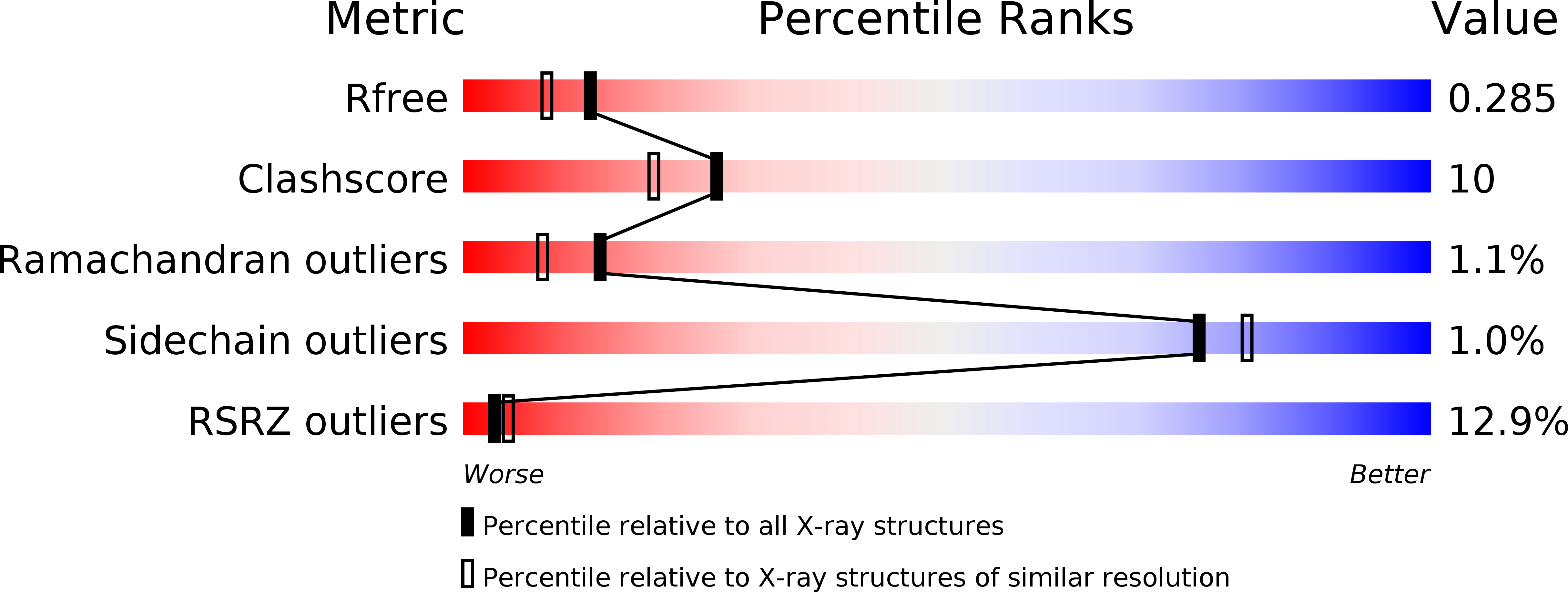
Deposition Date
2016-01-12
Release Date
2017-04-12
Last Version Date
2024-03-06
Method Details:
Experimental Method:
Resolution:
2.15 Å
R-Value Free:
0.28
R-Value Work:
0.23
R-Value Observed:
0.23
Space Group:
P 43 21 2


